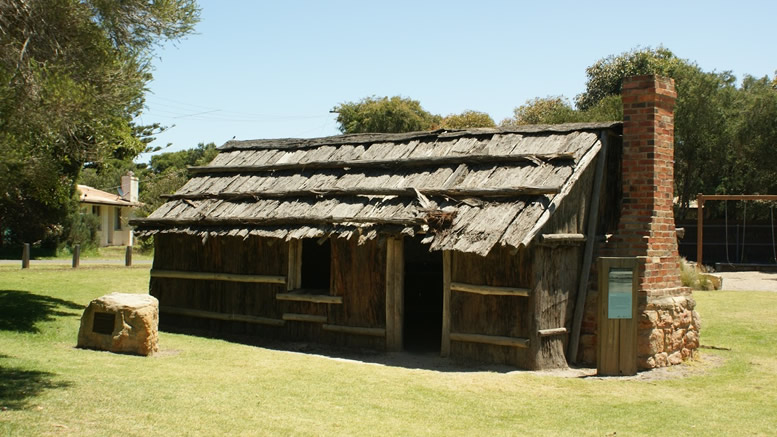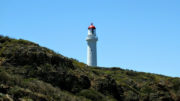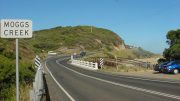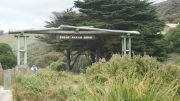Originally known by the local Aboriginals as Managwhawz, Airey’s Inlet takes its name from John M.C. Eyrie who took up pastoral runs to the east of the Inlet near Point Roadnight in 1839. The spelling of Eyrie’s name was confused somewhere along the way and the township became known as Airey’s Inlet in the 1840’s.
The area was subdivided in 1887 into one hundred blocks of land, but were relatively inaccessible, few were occupied. During the Gold Rush years a four horse wagon was operated by James Haste to meet the regular Cobb & Co service which linked Anglesea with Geelong.

1890 saw the construction of the now famous lighthouse by Messrs R Anderson & Sons. Built on a site known as Eagle’s Nest Point (renamed Split Point in 1913) the White Lady is Airey’s Inlet’s most recognizable landmark. The lighthouse stands some 34 meters high at an elevation of 66 meters above sea level and still today is an important tool for shipping along the Great Ocean Road.
1893 saw the Airey’s Inlet Post Office open and the first school to cater for the children of the timber milling workers who had moved to the area. A pub and Anglican church soon followed. Timber was the town’s biggest industry until its decline after the First World War, now tourism is the town’s life blood.
The Great Ocean Road was one of the huge government initiatives to supply work for the returning servicemen from World War 1, the road opened in 1922 making Airey’s inlet an important stop on the Lorne to Anglesea route.

Airey’s Inlet has not been without tragedy, being built around dry timber forests bushfires have threatened the town and surrounds many times, the most tragic in recent times was the February 16th 1983 Ash Wednesday fires which destroyed much of the region and killed several people. Over the last 25 years Airey’s Inlet has bounced back and rebuilt to become one of the Great Ocean Road’s premier towns with a thriving community and fantastic holiday destination all year round.




